
D&D is a game with a long and storied history. It has changed drastically from its days as a fantasy-hack of old-school wargames, and each edition comes with new rules and new sensibilities to either improve on gaps in the previous iteration or to bring the game into line with modern conventions.
Many of these rules changes are unassailable goods, making the game more playable, more interesting, or more accessible to a wider range of players. But sometimes, a rule gets left behind or changed that could actually still be fun.
10 Don't Miss: Disparate Leveling Speeds Were Frustrating
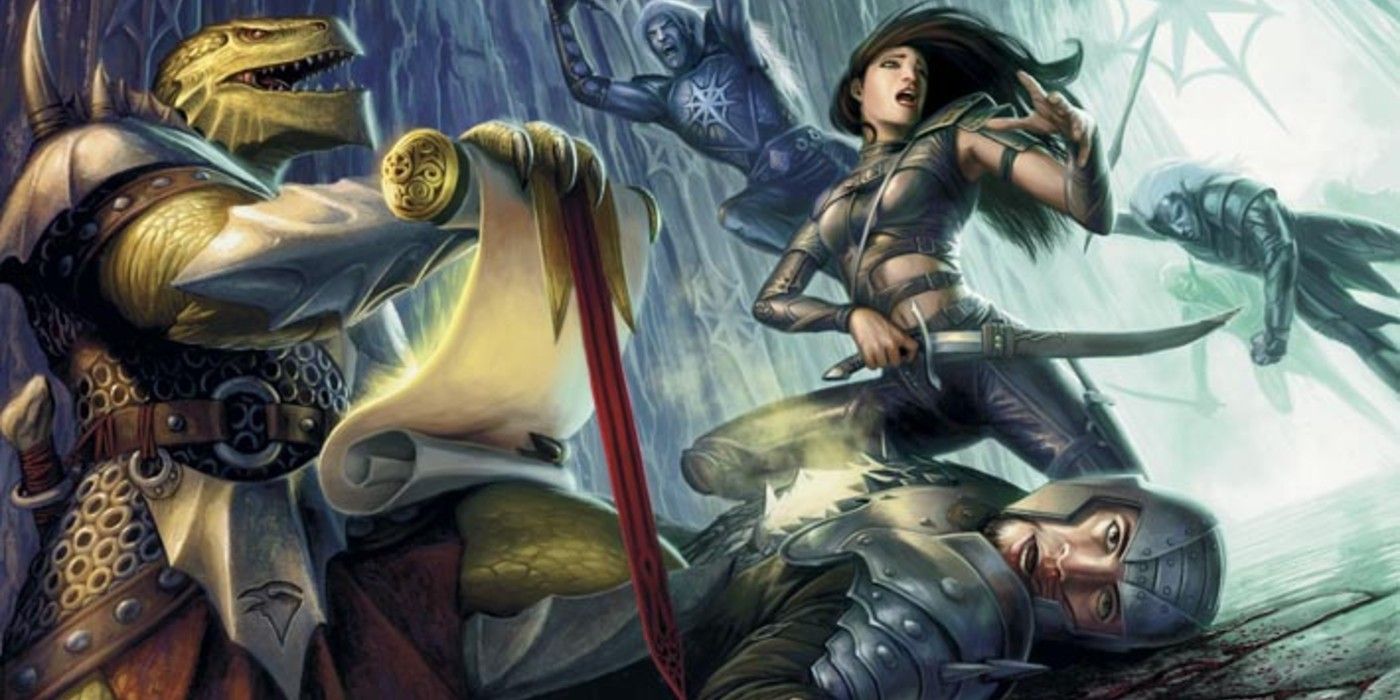
In past editions of D&D, the amount of XP needed to level up changed based on the class in question. In Advanced Dungeons and Dragons, for instance, a Magic-User needed 2,500 experience to go from level one to level two, while a Thief only needed 1,250.
This didn't even align with the power disparity between spellcasters and non-spellcasters, as Clerics only needed 1,500 to reach level two. It led to an unbalanced feel, with Druids and Paladins stuck without new abilities for much longer than their Thief and Cleric counterparts.
9 Miss: Skill Challenges Were Engaging
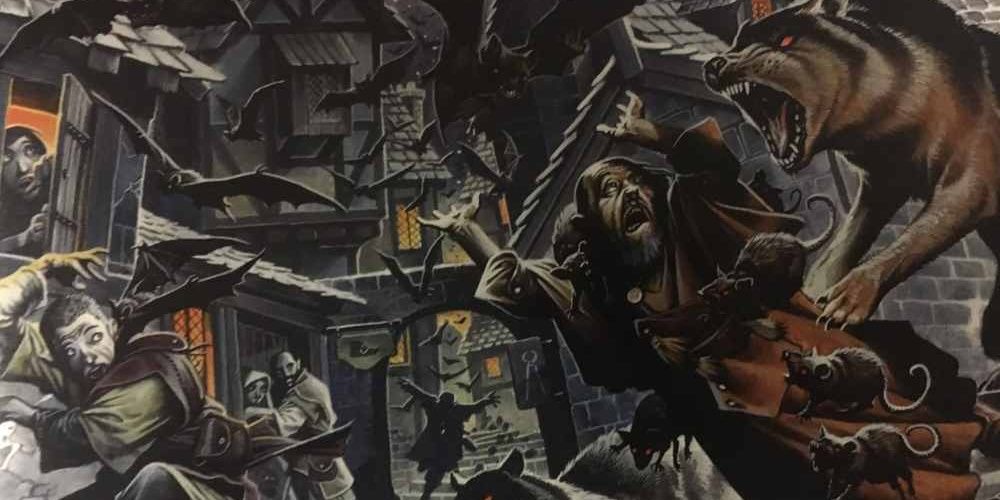
4th edition included an initiative-based system like the one used in combat that instead utilized skills. These skill challenges involved trying to score a set number of successes before a set number of failures, and could be used to represent chases, explorations, negotiations, or any other important scene or sequence.
It was a great way to mechanize the use of skills and make them more impactful, bringing them closer in importance to a character's combat abilities.
8 Don't Miss: Racial Penalties Felt Unfair
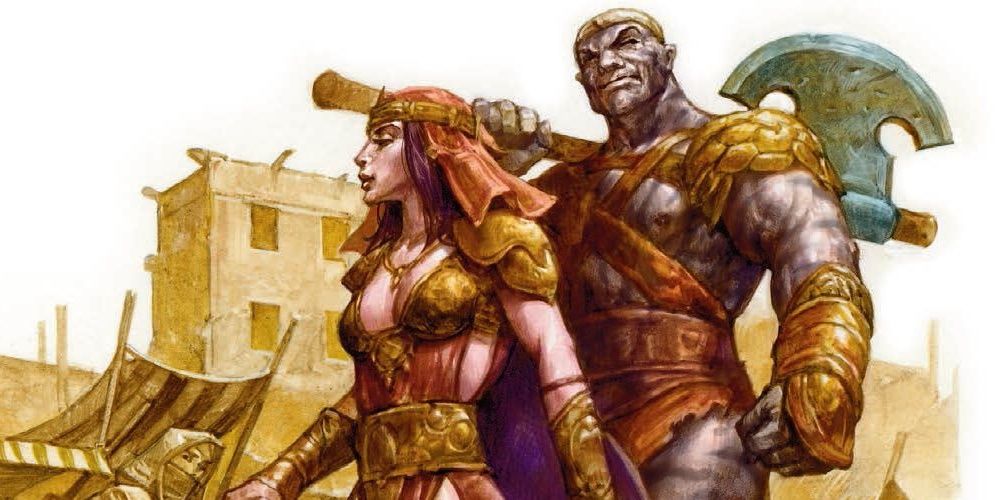
This rule survived as recently as some of the 5th edition's earlier supplements but has likely been seen for the last time in official D&D products. Since the beginning of the game's history, a character's choice of race has affected their ability scores, reflecting cultural or physical advantages members of that species have.
This gets pretty sticky, however, when applied to abilities like Intelligence or Charisma, as it implies members of certain groups are inherently less intelligent or mentally capable than others, echoing uncomfortable histories of racist pseudoscience and eugenics. It probably doesn't belong in a 21st-century edition of the game.
7 Miss: Action Points Were A Great Addition To The Game
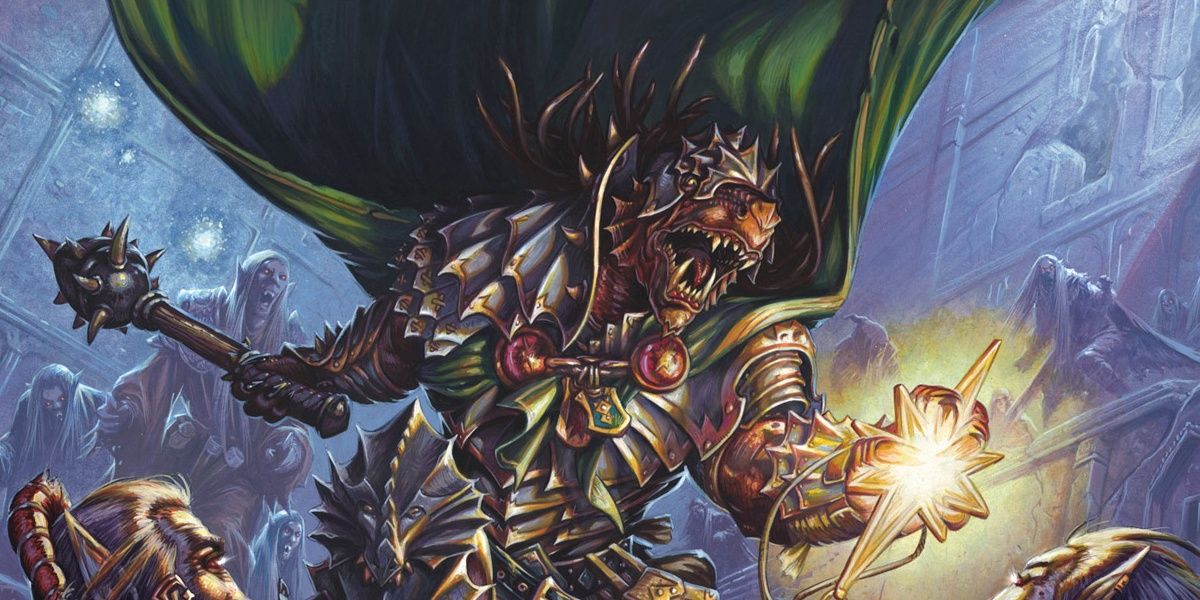
One of the many pieces of the 4th edition that made its way into the 5th edition in a much-altered form is the Action Point. It lives on in the 5th edition as the Fighter's Action Surge, which allows the user to take an extra action once per short rest. In the 4th edition, however, every character began each adventuring day with an Action Point and gained a new one every other encounter.
Giving every character access to an extra action once per encounter added an extra resource to be managed and allowed every class to have explosive turns where they pulled off an exciting combination of moves.
6 Don't Miss: Racial Class Restrictions And Level Caps Had Racist Baggage
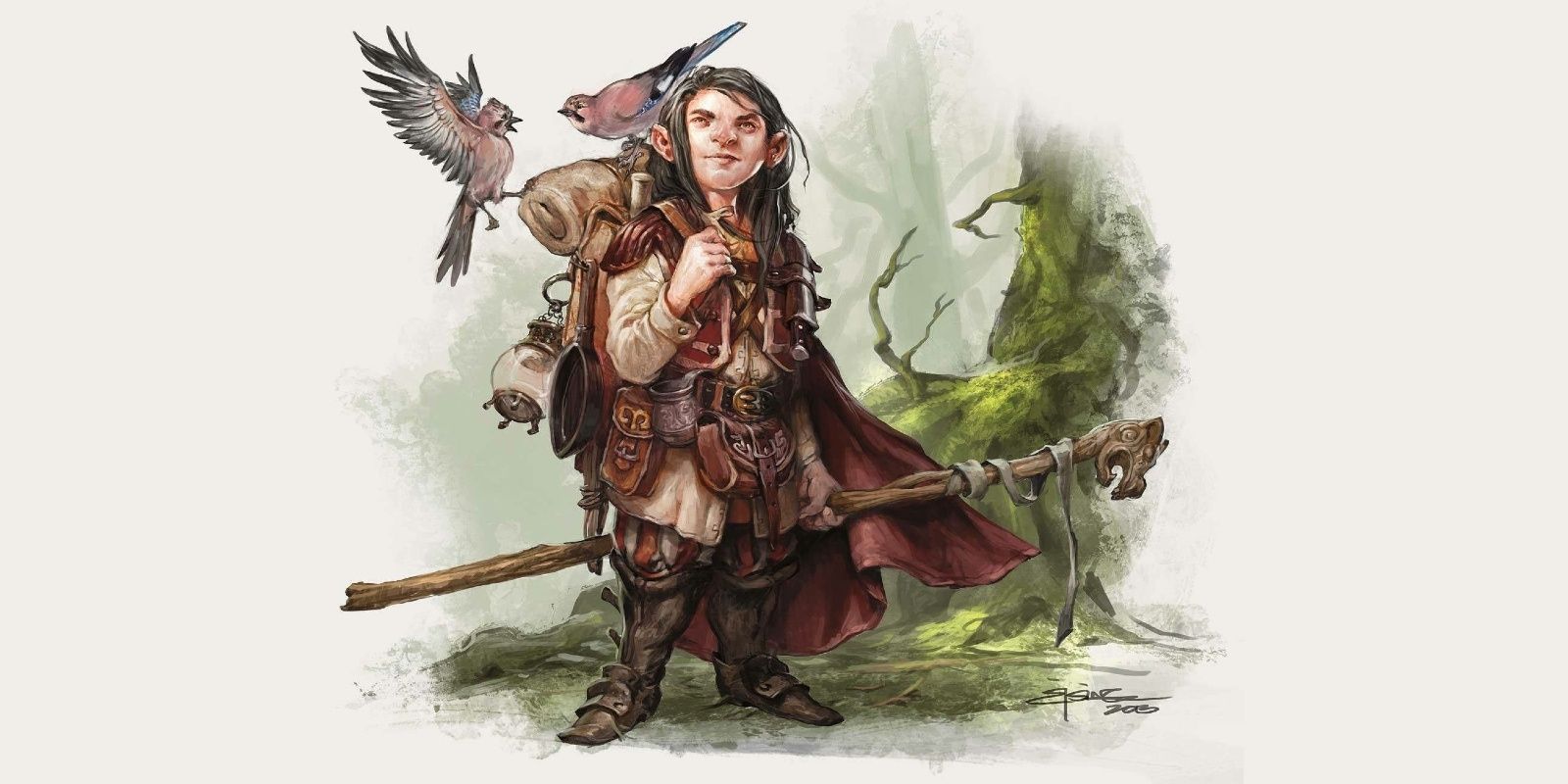
Like the racial penalties rule, the old restrictions of certain races to certain classes held some racist baggage. Additionally, it limited the type of characters and worldbuilding that were made possible. For instance, in D&D, dwarves could be fighters up to 9th level, thieves, or assassins up to 9th level.
Humans were the only race able to be in every class with no level limit. This meant that characters like dwarf wizards, elven druids, or gnome paladins were all prohibited, leading to a highly diminished variety.
5 Miss: Alignment Languages Brought A New Level To Gameplay
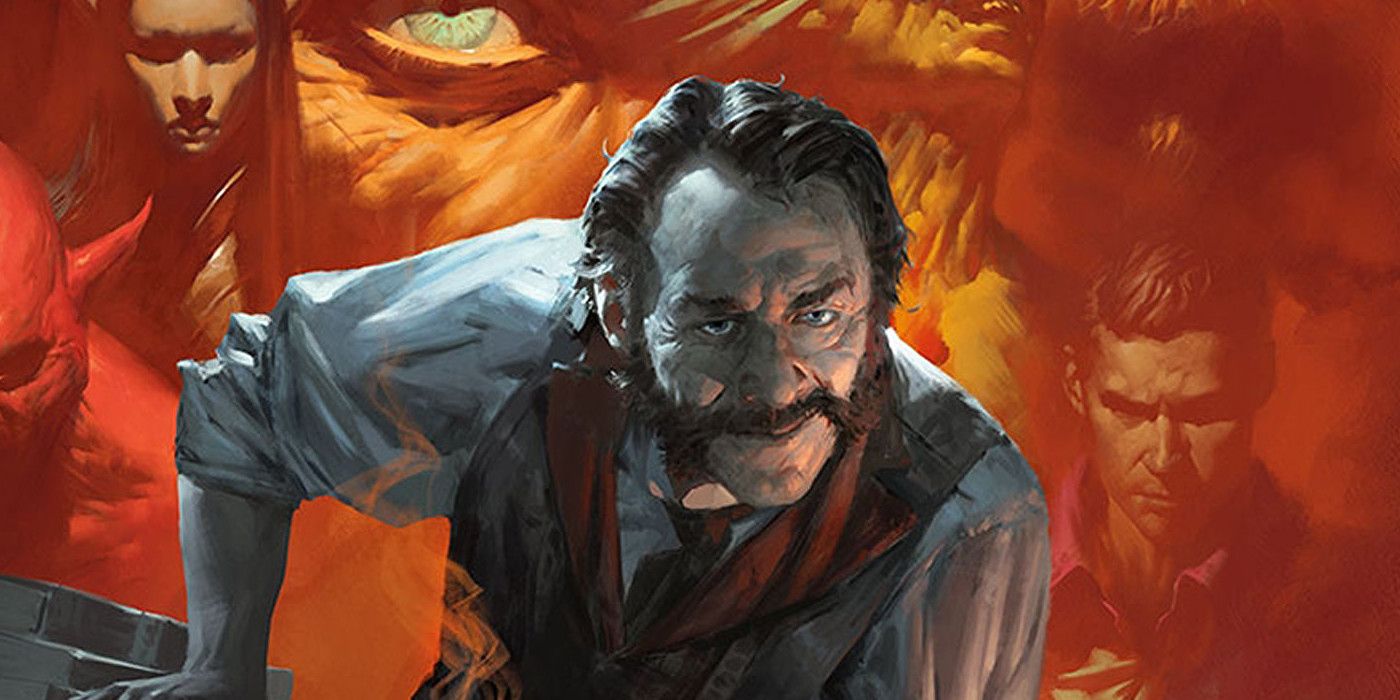
In addition to the normal languages granted by their heritage, all characters in D&D began knowing one of nine languages according to their alignment. Using this secret dialect, a Lawful Neutral character could converse with another Lawful Neutral character without observers of other alignments being able to eavesdrop.
Exact specifics on these languages are hard to find in the old books, and they were quickly dropped, but they open an interesting avenue for roleplaying and worldbuilding.
4 Don't Miss: Gold-Based Experience Altered Motivations

Older editions of D&D had a much narrower scope than the game now seeks to encompass. The game often assumed that the adventurers were primarily motivated by profit, taking on risks and delving into buried tombs just for the payout at the end. As such, the game used to award certain amounts of XP for accruing set amounts of wealth at once.
This works fine for that kind of campaign but is done much more elegantly by the modern milestone-based advancement systems, which encompass more types of character and campaign motivations.
3 Miss: Variable Weapon Damages Based On Size Were Exciting
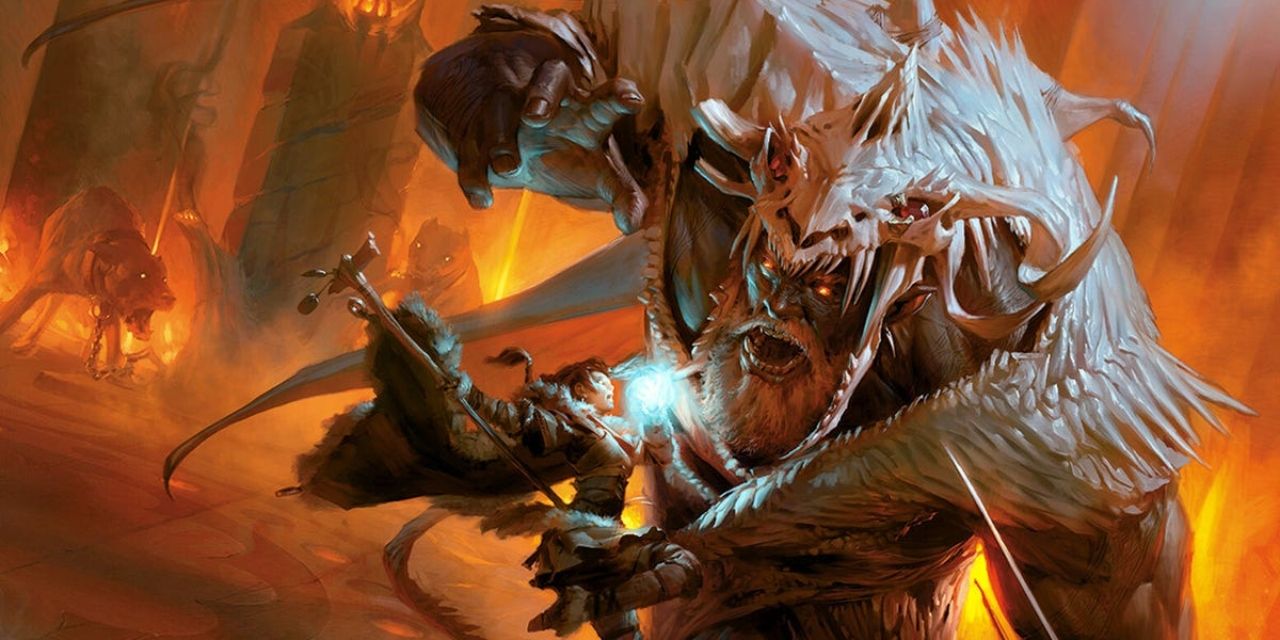
This rule probably comes right from D&D's wargaming roots, where miniatures are used to represent different kinds of units in an all-out battle. In D&D, each weapon is given two damage values; one to be used against Small or Medium foes, and one for use against Large foes. Some weapons, such as polearms and slings, did more damage against large foes, while weapons like warhammers or maces did reduced damage.
This small change makes characters think strategically about what weapon they reach for each combat, adding a dash of variability to combat.
2 Don't Miss: Descending Armor Class Was Too Complex

Possibly the biggest change from the 2nd to the 3rd edition was the decision to have Armor Class go up instead of down. Prior to this change, a character that was harder to hit had a lower Armor Class and rolling to hit involved rolling a d20, adding a bonus, then cross-referencing the result with a table to determine the resulting AC struck.
This rule dates back to various alternative combat systems found in early D&D prototypes, but it simply doesn't make sense for a game designed to be easy to pick up and play.
1 Miss: Reversible Spells Allowed For Creativity
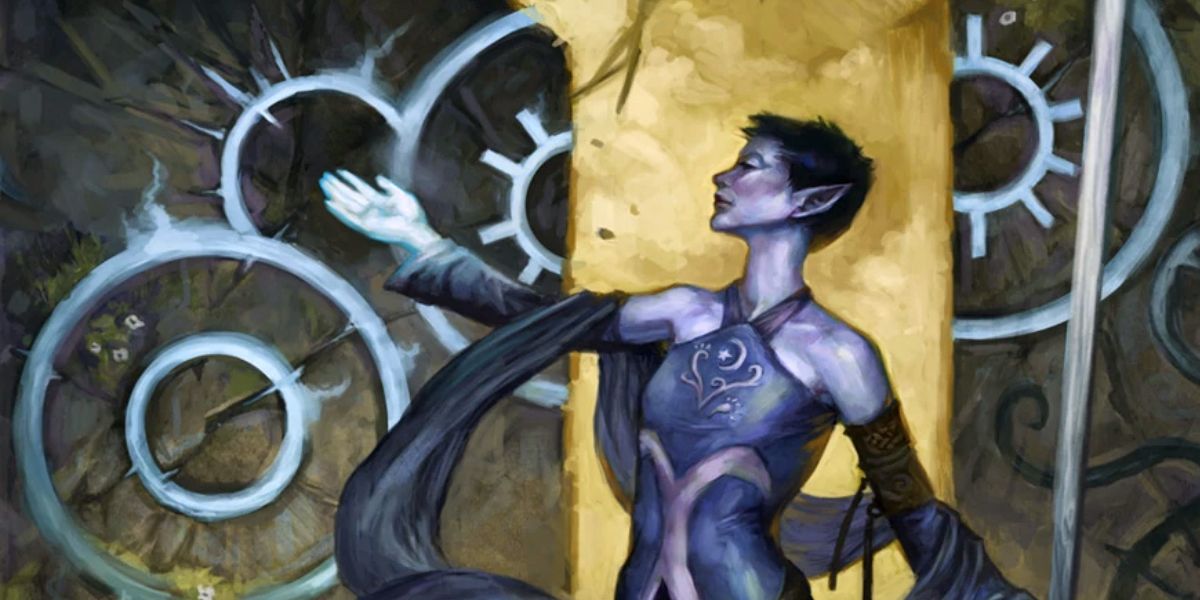
This feature in D&D gave spellcasters added flexibility to their spells by allowing them to cast them "reversed," causing an inverted effect. For instance, a cleric could reverse Cure Light Wounds to instead become Cause Light Wounds, dealing an equivalent amount of damage.
This added flexibility allowed for some creative uses of spells and made spellcasters feel like they were truly in command of their magic. Some other fun reversals include Create Water (Destroy Water), Know Alignment (Obscure Alignment), and Detect Lie (Undetectable Lie).
0 Comments